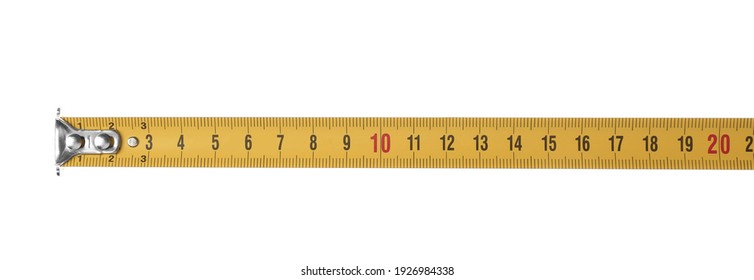
It is also used in Japan for electronic parts, especially display screens. The inch is a commonly used customary unit of length in the United States, Canada, and the United Kingdom. Examples include Catalan: polzada ("inch") and polze ("thumb") Czech: palec ("thumb") Danish and Norwegian: tomme ("inch") tommel ("thumb") Dutch: duim (whence Afrikaans: duim and Russian: дюйм) French: pouce Hungarian: hüvelyk Italian: pollice Portuguese: polegada ("inch") and polegar ("thumb") ("duim") Slovak: palec ("thumb") Spanish: pulgada ("inch") and pulgar ("thumb") and Swedish: tum ("inch") and tumme ("thumb").

In many other European languages, the word for "inch" is the same as or derived from the word for "thumb", as a man's thumb is about an inch wide (and this was even sometimes used to define the inch ). "Inch" is cognate with " ounce" ( Old English: ynse), whose separate pronunciation and spelling reflect its reborrowing in Middle English from Anglo-Norman unce and ounce. Both were features of Old English phonology see Phonological history of Old English § Palatalization and Germanic umlaut § I-mutation in Old English for more information. The consonant change from the Latin /k/ (spelled c) to English /tʃ/ is palatalisation.

The vowel change from Latin /u/ to Old English /y/ (which became Modern English /ɪ/) is known as umlaut.

The English word "inch" ( Old English: ynce) was an early borrowing from Latin uncia ("one-twelfth Roman inch Roman ounce").


 0 kommentar(er)
0 kommentar(er)
